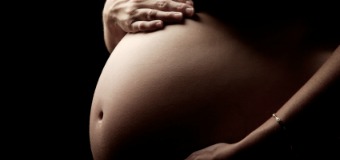Several terrible surrogacy scandals have come to light recently. The most high profile involved Gammy, a Down’s syndrome baby born to a Thai surrogate mother. The Australian commissioning couple did not want to raise Gammy, only his healthy twin.
A very similar case has just come to light in Britain. And now we learn that an Australian man who had children via a surrogate mother (again a Thai woman) sexually abused those children. 
When I tweeted about that last case earlier this week, some people came back strongly and suggested this was not a surrogacy scandal at all but a sex abuse scandal. There is some truth in that I guess, but if foster parents abused a foster child we would call that a foster-care scandal, and if adoptive parents abused their adopted child we would call that an adoption scandal.
When a priest abuses a child we don’t call that a generic sex abuse scandal, but a clerical sex abuse scandal. We immediately look to see if there is some special characteristic of the Catholic priesthood and the Catholic Church that gives rise to such scandals and not just the cover-ups.
If foster children are abused we look to the vetting system and see what failed, and when adopted children are abused we do likewise.
It is no good on such occasions saying that children can be abused in any setting. We don’t use that as an excuse not to vet when we can vet. And of course people who contract women to have babies for them are never vetted. So yes, it is a surrogacy scandal as well as a child abuse scandal. (There are many other problems with surrogacy besides the lack of vetting by the way. See here for some of them).
The claim made to me this week that children can be abused in any setting is true of course. But they are not equally likely to be abused in every setting. By an order of magnitude they are least likely to be abused when living with their two married, biological parents.
This report to the US Congress called the Fourth Incidence Study of Child Abuse and Neglect shows how abuse varies very dramatically by family type. See Figure 5.1:

It stands to reason that the further we get from the best indicators for child wellbeing – marriage and the natural ties – the more careful we should be about taking precautions to ensure that all children are safe.
For a summary of the report’s findings in this regard see here.















